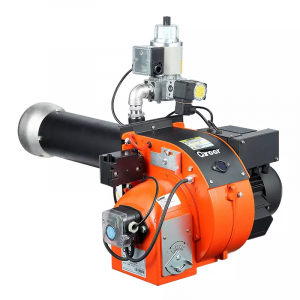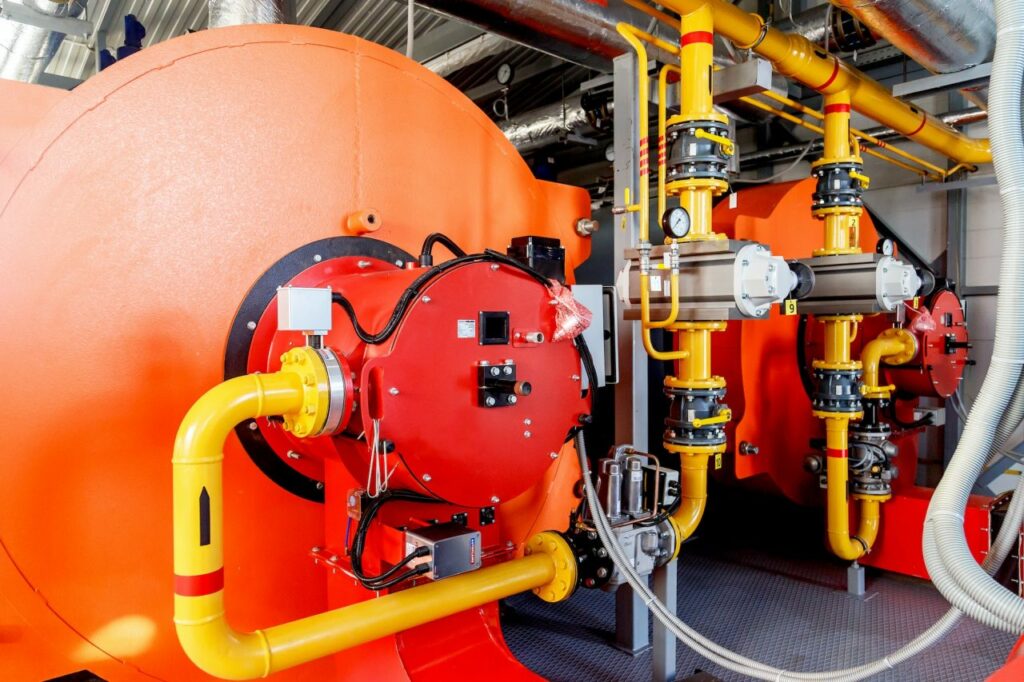In the industrial world, choosing the right control system for your gas burner is critical for achieving optimal performance, efficiency, and safety. At Career Burner, we specialize in providing top-tier automatic gas burners that offer advanced automation for businesses and distributors. Here, we’ll examine the differences between manual and automated burner control systems and help you understand which one is best for your operations.
Understanding Manual and Automated Burner Control
The primary distinction between manual and automated burner control lies in the level of human intervention required. Manual control involves direct operator involvement to adjust flame settings and monitor burner operation, often in real-time. While this method offers flexibility, it can lead to inconsistencies due to human error and may require constant attention.
On the other hand, automated control uses advanced systems, sensors, and pre-programmed logic to monitor and control the burner’s operation automatically. Automated systems like the ones offered by Career Burner can adjust flame intensity, monitor combustion efficiency, and even manage safety protocols without requiring constant manual oversight.
Automated gas burners, such as the GX25 model by Career Burner, are designed to handle day-to-day burner operations more efficiently, ensuring that your business experiences less downtime and more reliable performance.
Benefits of Automated Control for Business Efficiency
One of the key advantages of automated control in burners is its ability to provide precise flame control. Career Burner’s automatic gas burner systems ensure that the flame is adjusted and maintained to the optimal level, reducing excess fuel consumption and improving combustion efficiency. This level of precision is difficult to achieve with manual control alone.
Automated systems also minimize human error. By removing much of the manual intervention, automated burners reduce the risks associated with misadjustments and improper handling. This makes them not only more efficient but also safer, as they consistently adhere to safety protocols without the risk of operator oversight.
Furthermore, automated control systems free up valuable human resources. With less manual control needed, your team can focus on higher-level tasks such as maintenance and optimization rather than constantly managing burner operations.
When Manual Control Still Makes Sense
While automated systems offer numerous benefits, there are certain situations where manual control remains a viable option. For example, during maintenance or troubleshooting, manual control may be needed to make immediate adjustments or address issues that cannot be anticipated by automated systems.
Additionally, manual control is preferred in unique or complex scenarios where the automated system may not be able to respond effectively. In these cases, having the flexibility to override automatic settings can be essential for addressing unexpected challenges or fine-tuning burner performance.
However, for routine burner operations, automated systems like Career Burner’s automatic gas burner models are more reliable and efficient. They ensure consistent performance, safety, and lower operational costs for your business.
Conclusion
In conclusion, while manual control has its place in certain scenarios, automated control is the superior choice for most businesses looking to optimize burner performance. With Career Burner’s advanced automatic gas burner systems, you can achieve precise, safe, and efficient burner operation, ensuring long-term success for your industrial applications.




